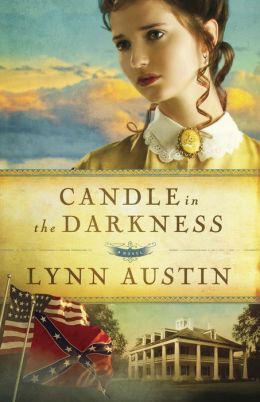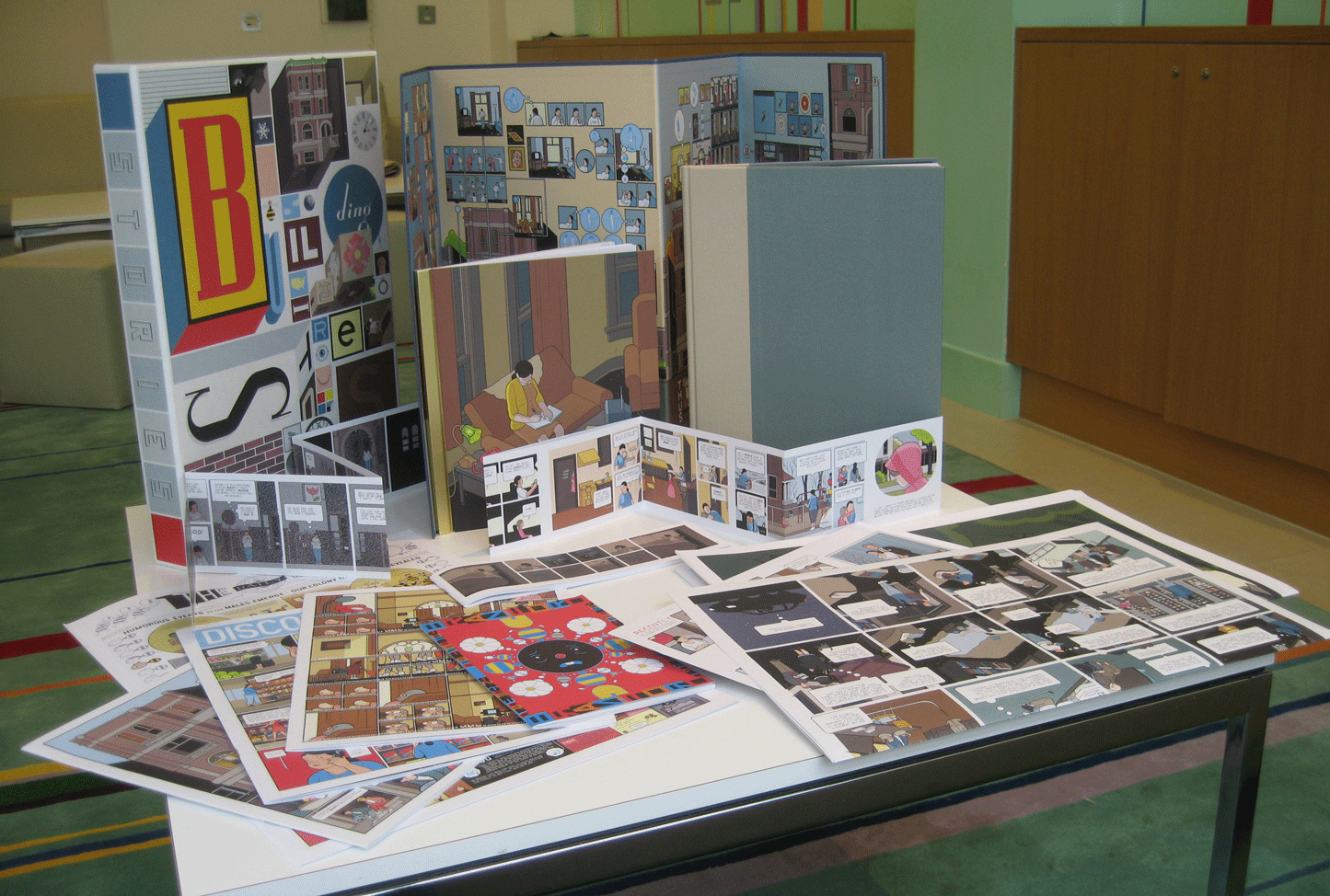I was welcomed to Boise yesterday when I went to Walmart to buy an iron.

Buying an iron was one of the first things I did after getting here because after unpacking only the things necessary to sleep in my bed and a few other, easy-to-unpack things, I realized that my slacks are wrinkled. No big surprise there, since they've been bunched up in a sack since I bought them last week. For my first day of work, however, I decided I needed to start on the right foot and iron them.
So I was holding an iron in its box and looking it over when a woman came up and told me the cheapest iron there really does work. I may have a full-time job right now, but I'm a recovering college student and cheapest still is usually best. After telling me this, she was about to walk away when she decided to start some small talk, asking me if I was from around here and where I'm from.
Then she offered me a part-time job on the basis that I seem like a nice person.
Is this normal for Boise? Because it sure isn't normal in Utah. We did exchange phone numbers, and that was partially me stalling and partially me trying to be polite while thinking to myself that the part-time job (in family finances) sounded like the opposite of fun. I've always said that economics or accounting are the #1 college program I would have run away from while screaming.
When I was in high school, journalism was another thing that did
not sound fun. At all. There was no particle of my being that wanted to work for a newspaper. After all, I seem to remember Mark Twain once saying that the best thing that ever happened to him was that he was fired from his newspaper job. I'd say he did say it, except I can't find it easily online and so maybe I'm making it up. Oh well.
But when college hit, I needed a job, and I wanted to be able to work while doing what I love. I wanted to write and get paid for it. So I got an application for the paper, which was hiring at the time, and checked off the box for "Opinion Editor" even though I had no idea what that entailed. I also applied for Accent Editor without knowing what that meant, as well as being a receptionist. I think the receptionist bit came because I was trying not to be too picky. I was hired on as Opinion Editor, and, miracle of miracles, I absolutely loved the job.
But that is not why I applied to work at a newspaper after I graduated. I applied to work at a newspaper because I believe it to be a great place for a writer and/or editor to start. Here's why:
1. Working at a newspaper forces you to learn style. Serious writers will know what I mean by this; "style" means the rules one follows. Language is a giant compromise of how to spell, which order of words is correct, even what sound each letter makes. Heck, we've even compromised about what design to use as a "letter." As far as I know, and I may be wrong in this, books are published using Chicago style. MLA or APA are used a lot in academic papers, and newspapers use what is called AP Style, or Associated Press Style. AP is strict, constantly updated, and practical. Newspaper writers and editors are expected to memorize the basics, if not the nuances, of this style of writing. It includes things like not using Oxford commas, how to write times, and whether or not to put a hyphen in Walmart (they do).
For a writer, it does not matter which style you learn first. What matters is that you have learned a style. This helps you look at your writing in a different way. Style is a part of craft, and once one style has been learned, it is not too difficult to learn another. Anyone who wants to be a writer should read
Elements of Style by Strunk and White, and then they should become familiar with a style, any style. A conscientious writer is a better writer.
 2. Working at a newspaper gives you insight into the world.
2. Working at a newspaper gives you insight into the world. It is probable that some of the best-informed people in your city are the people who work for the newspaper. They not only remember past events in detail, but they also are abreast of current events the moment they are happening (we are, of course, assuming them to be good at their jobs). A writer must be aware of the world around them if they are to write anything of consequence. Staying up-to-date on one's Facebook feed does not count as being well-informed. A newspaper staff knows what the community cares about, what they are worried about, and what they are interested in learning more about. Once a writer knows what people are interested about, they know where to start with their own stories, assuming they want these stories to sell.
3. Working at a newspaper teaches you about people. Not only have I learned that authority figures are regular people with whom one can talk just like with anyone else (means I'm much less intimidated when I need to talk with them), but from observing people like journalists do, you learn about humanity. People talk using semicolons often; did you know that? Whenever a journalist quotes someone, they are quoting them word for word, trying their best to be true to what was said. From writing down quotes like this, a writer can learn that characters should never sound like real people, because real people sound stupid a lot of the time. I like to delete the quotes that sound terrible, just to save face for the person who said it. After all, none of us have an editor for what we say aloud, discounting prepared speeches.
As stupid as people can sound, they also have valuable insight. Working at a newspaper leads one to meeting so many people one wouldn't otherwise meet. Journalists meet new people and have discussions with them every day. I'm not ashamed to tell you that I have stolen entire sentences from quotes in news stories. I may change some things, but people have insights I will never have, and by working at a newspaper, I get to tap into those insights and use them to make my characters more real and dynamic.
4. Working at a newspaper forces you to write and to edit. Deadlines are always looming. If you are having a hard time forcing yourself to write, get a job where someone else is forcing you to.
5. Working at a newspaper helps you learn to be concise. Writers should not be too verbose; if what you are taking an entire paragraph to say can be summed up well in a single sentence, go for the single sentence.
I didn't want to work at a newspaper because I love fiction so much. I still love fiction more than I love news writing. However, the two types of writing actually enhance each other. That's why I recommend a newspaper job.
Wish me luck with my first day! I need to get ready now and not be late. Late would be bad. Much worse than wrinkles in my slacks.







